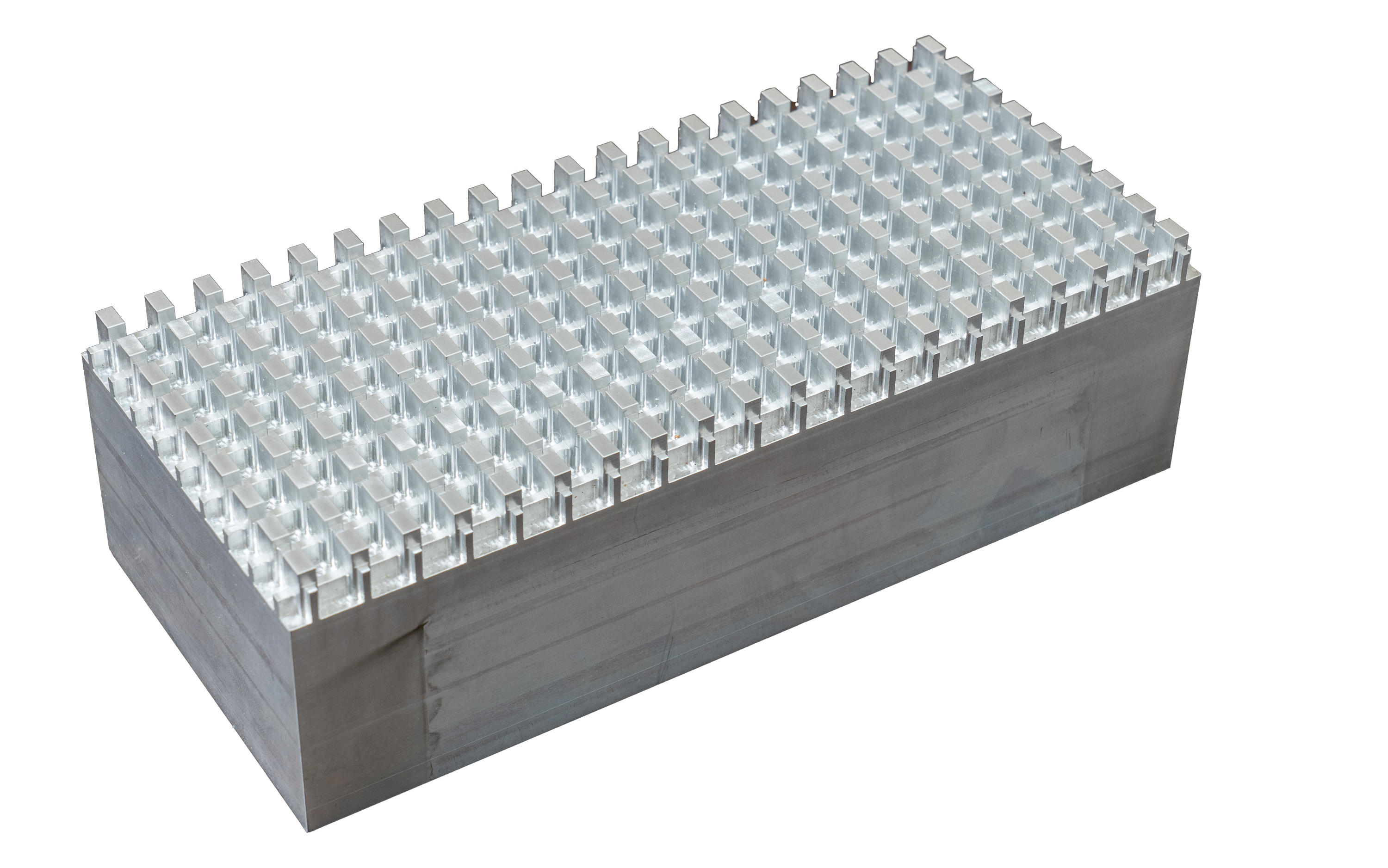Scientists have exploited the properties of a material to create an “extra dimension” that allows them to better control waves passing through it. Using the concept of synthetic dimension, scientists have developed a new metamaterial that can better control mechanical surface waves, with very interesting applications.
As the name implies, these waves travel along the surface of solid materials. They are found in many natural and human-made processes, so the ability to better control them is certainly intriguing. The solution, according to Guoliang Huang and colleagues at the University of Missouri, is to use another dimension beyond the conventional three.
“Conventional materials are limited to only three dimensions with an X, Y, and Z axis,” Huang said in a statement. “But now we are building materials in the synthetic dimension, or 4D, which allows us to manipulate the energy wave path to go exactly where we want it to go as it travels from one corner of a material to another.”

A 3D rendering of the synthetically 4D material. The pattern makes the extra dimension.
Image Credit: Guoliang Huang/University of Missouri
Synthetic dimensions are ways to turn mechanical properties into something that looks like a geometric fourth dimension. Quantum mechanics is often involved, though not always. If you take a sheet of paper and roll it up or fold it, you are manipulating something akin to 2D in a third dimension. So synthetic dimensions are a neat trick to exploit the mathematical machinery of an extra dimension to expand your control of the system or what goes through it.
The metamaterial in question here used a “strategically patterned” elastic surface made of resonating pillars and slow-varying coupling bridges. This smart patterning allows a wave to move through the material without interacting with the disorders and defects that might exist there.
The sample created is very small but the team believes that it is possible to scale it up, with exciting potential applications both in electronics and civil engineering, including developing quake-proof materials.
“Most of the energy — 90% — from an earthquake happens along the surface of the Earth,” Huang said. “Therefore, by covering a pillow-like structure in this material and placing it on the Earth’s surface underneath a building, it could potentially help keep the structure from collapsing during an earthquake.”
The study is published in Science Advances.
Source Link: New Material Can Control Waves In A Synthetic "Fourth Dimension"